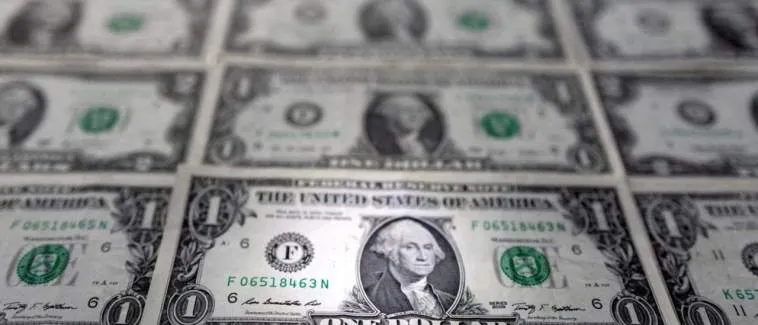(Daily Caller) The Federal Bank of Atlanta released a major red flag Thursday that the U.S. economy just entered a general slow down of the economy or a recession.
U.S. gross domestic product (GDP) growth in the second quarter of 2022 fell to -1% based on available data for the current measured quarter, the Atlanta Fed reported.
The Atlanta Fed uses the GDPNow model as an unofficial forecast to estimate the U.S.’s GDP growth based on a similar methodology used by the U.S. Bureau of Economic Analysis, the fed stated.
“The GDPNow model estimate for real GDP growth (seasonally adjusted annual rate) in the second quarter of 2022 is -1.0 percent on June 30, down from 0.3 percent on June 27,” the Atlanta Fed reported.
Atlanta Fed GDP Now -1.0%
That would make back to back negative quarters.*
Are we already in recession?*Don’t get our panties in a bunch I know NBER will cull it a year from now 😁 pic.twitter.com/DODl4ewZQZ
— Charles V Payne (@cvpayne) June 30, 2022
Data from the U.S. Bureau of Economic Analysis and the U.S. Census Bureau showed that real personal consumption expenditures growth and real gross private domestic investment growth fell in the second quarter, the fed reported.
Real personal consumption expenditures growth fell from 2.7% to 1.7%, while real gross private domestic investment growth decreased from -8.1% to -13.2%, according to the Atlanta Fed.
The National Bureau of Economic Research (NBER) tracks recessions in the U.S. throughout history using real personal income less transfers, nonfarm payroll employment, employment as measured by the household survey, real personal consumption expenditures, wholesale-retail sales adjusted for price changes, and industrial production, says the average recession in the U.S. from 1945 to 2009 lasted 11 months, Forbes reported.
“A recession is the period between a peak of economic activity and its subsequent trough, or lowest point,” NBER stated. “The NBER’s definition emphasizes that a recession involves a significant decline in economic activity that is spread across the economy and lasts more than a few months.”






